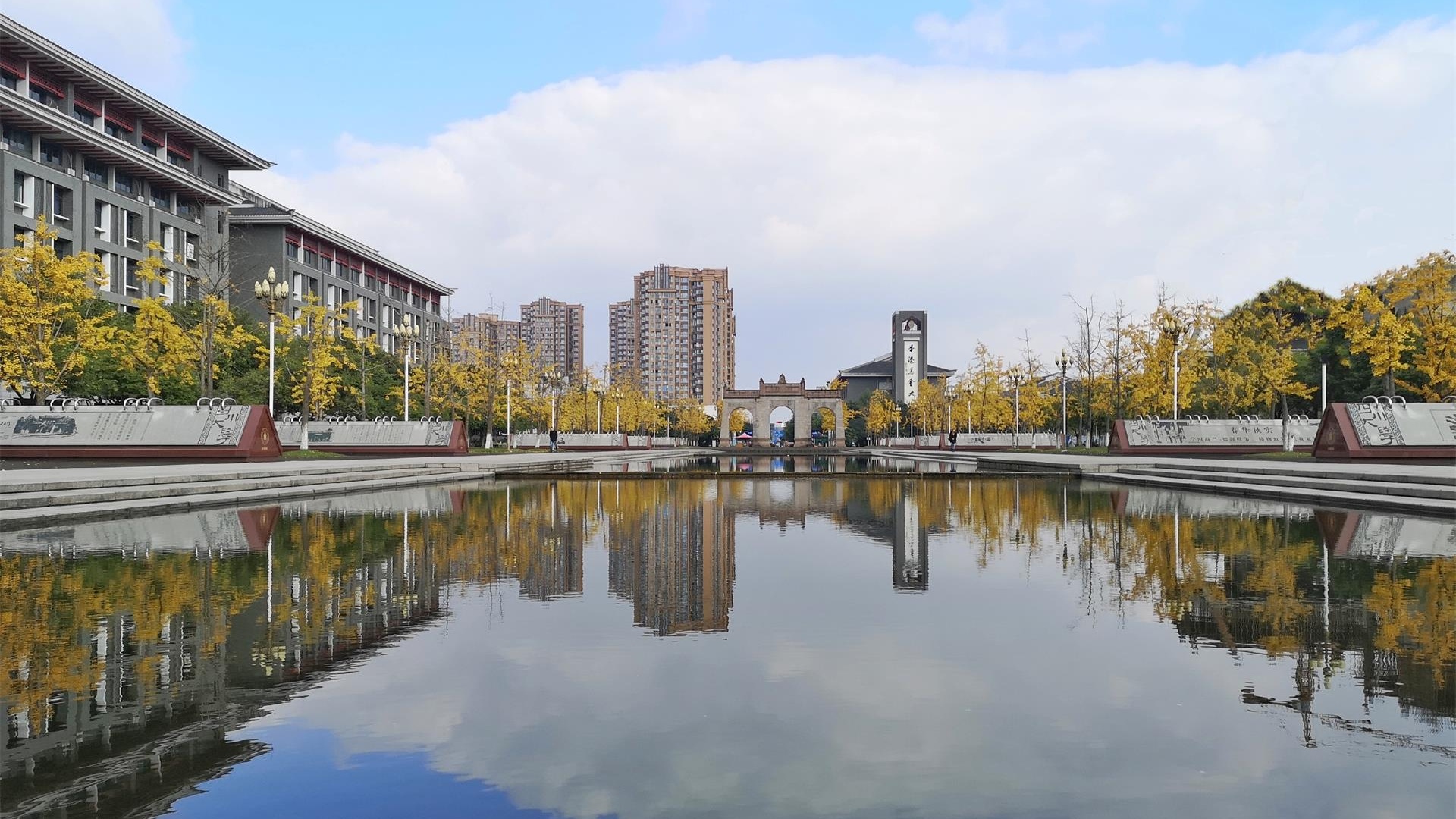His research interest is mainly in mechanism and risk mitigation of geohazards, such as landslides and debris flows. He has a Ph.D. in physical geography from the Graduate School of the Chinese Academy of Sciences, and has been engaged in postdoctoral research at Chang'an University, the Hong Kong Polytechnic University, and the University of Newcastle (UK). He participated as a PI in major projects of the National Natural Science Foundation of China and the National Natural Science Foundation of China Outstanding Young Scientist Fund. He has won the first prize of Shaanxi Provincial Science and Technology Progress Award (R8), the "Science and Technology Rising Star" of Shaanxi Province, and the first "Young Outstanding Talent" of Shaanxi Provincial Universities.
Email
jwzhou@scu.edu.cn
Representative research results
[1] Zhuang, J., Ma, P., Chang, L., Ma, Z., Zhan, J., Zhu, Y., ... & Peng, J. (2025). Mudflows due to liquefaction triggered by earthquakes in terrains with gentle lower slopes: a case study. Landslides, 1-14.
[2] Zhuang, J., Peng, J., Du, C., Zhu, Y., & Kong, J. (2024). Shallow-landslide stability evaluation in loess areas according to the Revised Infinite Slope Model: a case study of the 7.25 Tianshui sliding-flow landslide events of 2013 in the southwest of the Loess Plateau, China. Natural Hazards and Earth System Sciences, 24(7), 2615-2631.
[3] Du, C., Zhuang, J.*, Peng, J., Kong, J., & Hu, W. (2024). Numerical investigation of the fast shear behaviour of granular materials and its significance for rapid landslides. Engineering Geology, 342, 107733.
[4] Kong, J., Zhuang, J.*, Peng, J., Ma, P., Zhan, J., Mu, J., ... & Du, C. (2023). Failure mechanism and movement process of three loess landslides due to freeze-thaw cycle in the Fangtai village, Yongjing County, Chinese Loess Plateau. Engineering Geology, 315, 107030.
[5] Zhuang, J., Peng, J., Zhu, Y., Leng, Y., Zhu, X., & Huang, W. (2021). The internal erosion process and effects of undisturbed loess due to water infiltration. Landslides, 18(2), 629-638.
[6] Zhuang, J., Peng, J., & Zhu, Y. (2021). Study of the effects of clay content on loess slope failure mode and loess strength. Bulletin of Engineering Geology and the Environment, 80, 1999-2009.
[7] Zhuang, J., Peng, J.*, Wang, G., Javed, I., Wang, Y., & Li, W. (2018). Distribution and characteristics of landslide in Loess Plateau: A case study in Shaanxi province. Engineering Geology, 236, 89-96.
[8] Zhuang, J., Peng, J.*, Xu, C., Li, Z., Densmore, A., Milledge, D., ... & Cui, Y. (2018). Distribution and characteristics of loess landslides triggered by the 1920 Haiyuan Earthquake, Northwest of China. Geomorphology, 314, 1-12.
[9] Zhuang, J., Peng, J.*, Wang, G., Iqbal, J., Wang, Y., Li, W., ... & Zhu, X. (2017). Prediction of rainfall‐induced shallow landslides in the Loess Plateau, Yan'an, China, using the TRIGRS model. Earth Surface Processes and Landforms, 42(6), 915-927.
[10] Zhuang, J., Cui, P., Wang, G., Chen, X., Iqbal, J., & Guo, X. (2015). Rainfall thresholds for the occurrence of debris flows in the Jiangjia Gully, Yunnan Province, China. Engineering geology, 195, 335-346.
Scientific research project
(1)Major projects of the National Natural Science Foundation of China (Subject): Initiation mechanism and instability criterion of static liquefied loess landslide
(2)National Natural Science Foundation of China Outstanding Young Scientist Fund: Engineering Geology and Geological Hazards
(3)Qinghai Provincial Department of Natural Resources: Research on key technologies for risk identification and prediction of landslides in red beds in Qinghai
(4)Sub-project of the National Natural Science Foundation of China: Identification and prediction of major geohazards risks in the Sichuan-Tibet Railway
Cultivation of talents
Disaster prevention and mitigation and protection engineering, Safety science and disaster prevention.















